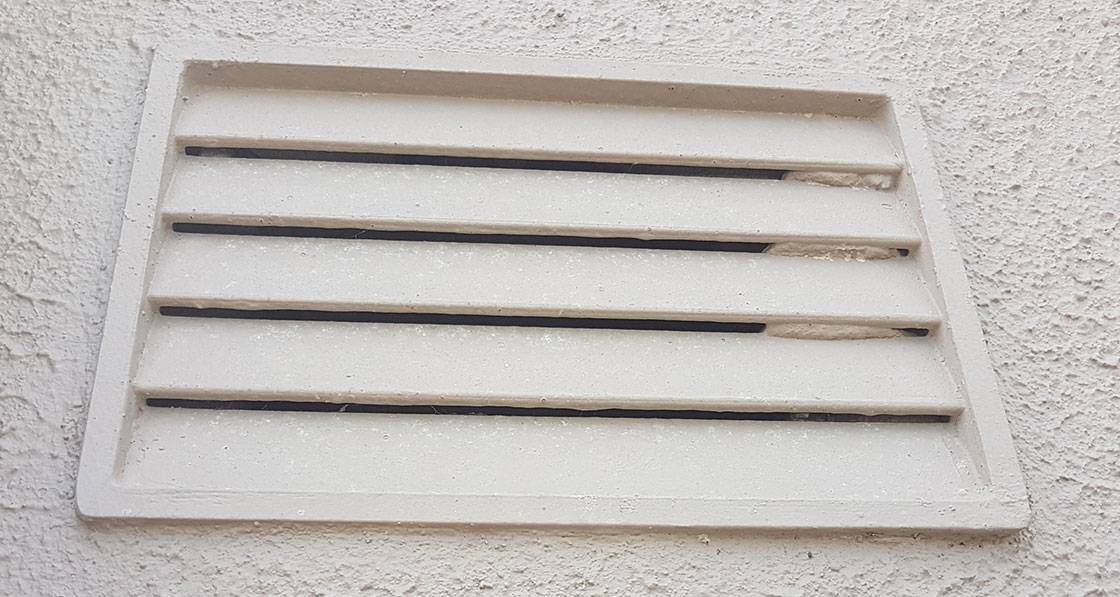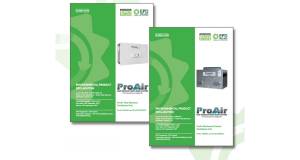
- Government
- Posted
BER data: sick buildings risk while new build surges
Over a third of new homes may be sick buildings which fail to comply with minimum ventilation requirements under Part F of the building regulations, new analysis by Passive House Plus has indicated.
Meanwhile, circa 17,000 new homes are projected to be built in 2018, including almost 14,000 new homes on the BER system, with roughly three thousand more failing to obtain BERs as required by law.
This analysis, based on data from SEAI’s National BER Research Tool, also includes a detailed overview of the energy performance spec of new homes, with signs that the industry is closing in on meeting the forthcoming nearly zero energy building (nZEB) standard. The average primary energy score for new homes built to date in 2018 is 52.7 kWh/m2/yr, a 3.1% reduction on the 2017 total of 54.4 kWh/m2/yr. The department claims that a typical nZEB-compliant dwelling will hit 45 kWh/m2/yr, though the actual energy target is an energy performance coefficient (EPC) of 0.3 or better – meaning that a given house must be calculated to use no more than 30% of the energy as the same house built to 2005 regulations. As such the average primary energy score will fluctuate according to the mix of house types and designs in a given year.
Gas boilers remain the dominant fuel type in 2018 at 52% of new homes compared to 53.3% of new homes in 2017, while heat pumps have risen to 37.1% (+0.7%), CHP is up at 8.1% (+3%), and oil boilers feature in just 2.2% of new homes (-2%). However, the heating system figures may change significantly if the missing cohort of one-off homes – circa a quarter of the total – were included. Many of these homes would be off gas grid, meaning the market share for heat pumps may come closer to 50% of new homes, while the oil boiler figures would likely rise too.
Almost half (46%, a drop of 2.3%) of BERs listed renewable electricity systems as the first energy type to comply with the Part L renewable energy requirement – virtually exclusively solar PV arrays – while 45.7% (unchanged) listed renewable thermal systems and 8.1% listed CHP. 10.8 percent (-0.6%) of homes featured solar thermal arrays.
Average U-values for 2018 are 0.173 for walls (compared to 0.175 in 2017), 0.121 for roofs (0.120), 0.128 in floors (0.126), 1.21 in windows (1.20) and 1.49 in external doors (unchanged).A Y-value of 0.08 was used in 79% of homes (+3%), 9.4% (+0.2%) used the default of 0.15, and 11.5% used a value lower than 0.08 (-2.7%).
Airtightness results – excluding 18.5% of homes where a q50 of 7 m3/hr/m2 was used, indicating the developer tested another house of the same type and used the default from Part L for the untested homes – averaged a q50 of 2.84, compared to 2.98 in 2017. Excluding type testing, the average q50 has been below 3 every year from 2015 onwards.
Air quality concerns in naturally ventilated, airtight homes
Natural ventilation remains the dominant ventilation method at 52.6% (-3%), with heat recovery ventilation second at 25.5% (-0.7%) and whole house extract ventilation – the category which includes demand controlled mechanical extract ventilation – third at 20.6% (+3.2). 34.6% (+1.1%) of new homes are both naturally ventilated and with a q50 of less than 5.0. Current ventilation guidance under TGD F requires the equivalent area of background ventilators to be increased by 40% in these cases, but scores of ventilation experts, architects, builders & BER assessors told Passive House Plus they have never heard of this increase being applied to a new home in practice.
Although the rationale behind the existing guidance appears to be flawed – the evidence base for natural ventilation in airtight homes clearly indicates poor indoor air quality, and that it is not possible to accurately measure IAQ in naturally ventilated homes – the apparent failure to meet the guidance in new homes may risk making a bad approach worse. Responding to questions from Passive House Plus, a Department of Housing spokesperson said improvements in airtightness and thermal bridging combined with the requirement to design ventilation to 0.5 air changes per hour “significantly reduces the risk of surface condensation and aids the removal of harmful pollutants.”
But while many new Irish homes may be sufficiently warm to prevent surface condensation – some thermal bridging blind spots aside – this may in fact mask the risk of harmful pollutants, when the ventilation approach fails to deliver the intended air changes, but the lack of surface condensation means other less visible indoor air quality threats may go undetected.
The Department of Housing confirmed that the commissioning requirements and sign-off certificates in proposed changes to TGD F are intended to apply to natural and mechanical ventilation systems alike.
In total 4,138 BERs for new homes built in 2018 were published by 30 August, compared to 2,627 homes built in 2017 where BERs had been published by the end of August 2017 – a year on year increase of over 57.5%. The running total number of final BERs for new homes built in 2017 was 8,825 – a figure projected to rise to over 9,200 allowing for lag – where homes are built in a given calendar year, and the BER is issued in the following year or later. Assuming the same lag – and adding an estimated 3,000 one-off homes that failed to obtain BERs – the 2018 total would rise to over 17,000. Data from other sources including the BCMS indicates that circa 3,500 one-off homes were built last year, suggesting roughly 3,000 self builds are in breach of the law, when compared to estimates of one off houses derived from the SEAI data. Under SI 243 of 2012, published BERs are required for all new homes prior to first occupancy, and for all completed new homes being offered for sale or to let, including property advertising.
A Department of Housing spokesperson told Passive House Plus the department “are reviewing the recent reports on housing completion published by CSO and are working with SEAI and industry bodies to improve BER compliance rates for issuing of BERs for one off homes.”
- Issue 27
- BER
- building energy ratings
- air quality
- Ventilation
- Part F1 of the building regulations
- seai
Related items
-
 Why airtightness, moisture and ventilation matter for passive house
Why airtightness, moisture and ventilation matter for passive house -
 Key industry events at Energy Show 2024
Key industry events at Energy Show 2024 -
An Post takes top prize at Energy Awards
-
EPA launches air quality forecast
-
Government supported almost 27,200 home energy upgrades through SEAI in 2022
-
 ProAir pioneers with EPDs for ventilation systems
ProAir pioneers with EPDs for ventilation systems

